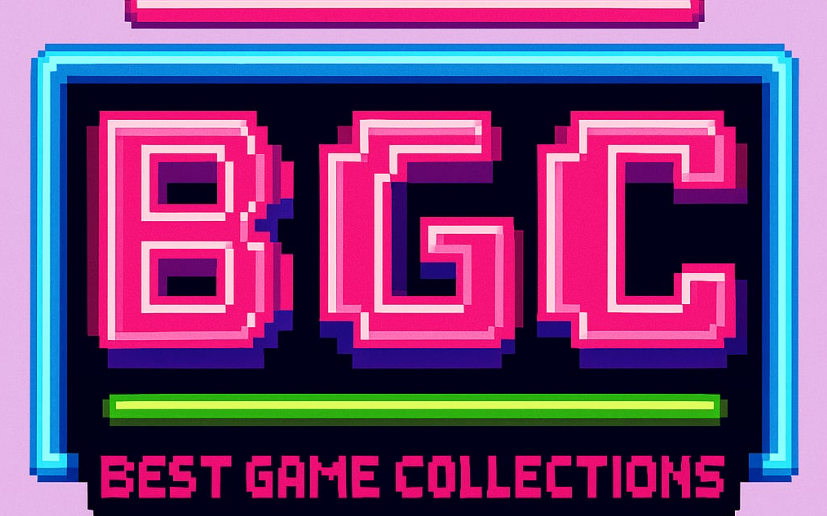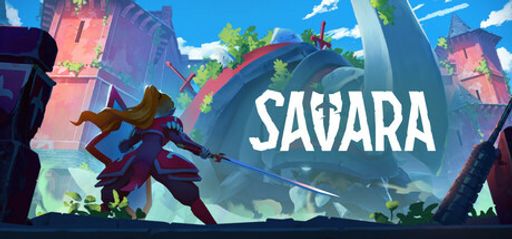I recently spent hours with Savara, and I have plenty of thoughts. As a speedrunner, I love digging into every detail to help optimize runs. Savara is a colorful action roguelite by Doryah Games, published by Ankama Games, released on May 6, 2025. It pairs a bright look with fast combat, but some design choices hurt its pace and long-term appeal.
Overall Impression
Savara aims high, blending the fluid tactics of Monster Hunter with the quest-driven rush of roguelites like Hades. Many players even call it “if Hades and Monster Hunter had a love child.” Intense monster fights, weapon upgrades, and lore about a warrior god make for an engaging world. Yet certain mechanics slow down the high-energy action I expected.
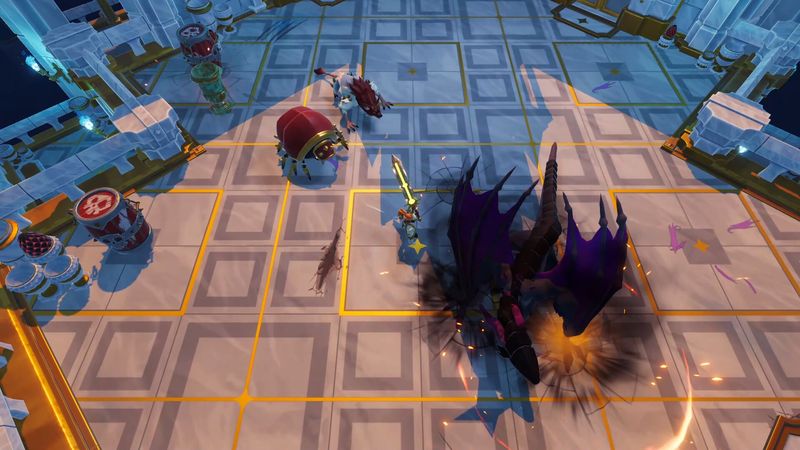
Gameplay Mechanics
Combat feels smooth and impactful—each weapon has its own weight and style. Landing a well-timed combo is satisfying, and swapping weapons to match enemy weaknesses really pays off. The flashy hits and dodges look sharp, and the UI keeps you aware of every move.
However, the stamina system drags things down. Almost every action uses stamina, slowing the flow. Swapping weapons also triggers an auto-attack that uses stamina, creating a loop of two hits, then swap—over and over. I know the goal is to force tactical choices, but waiting for stamina to return kills momentum. Early fights and elite battles feel especially sluggish as you wait to strike again.
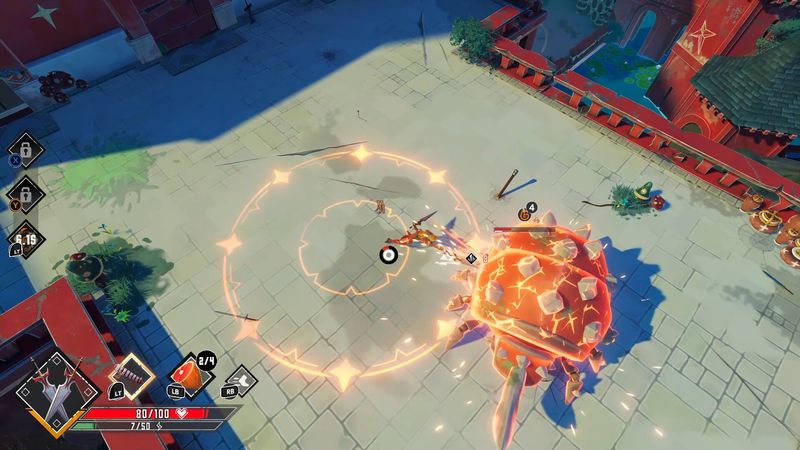
Player Experience
I also note that while several player reviews mentioned that the demo felt promising, I experienced similar frustrations almost immediately after starting. One reviewer pointed out that if the game shuts down or you retire, you lose a portion of your meta progression currency. This lack of quality-of-life feature detracts from the overall reward system and may dissuade players from pushing their runs further. Such adjustments could help the game maintain momentum, especially for dedicated speedrunners managing multiple attempts. I remain hopeful that future updates will address these concerns, as the underlying mechanics are promising.
Story and Characters
Turning to the story and characters, Savara makes a strong impression in world-building rather than deep character dynamics. The setting—a festival held in honor of a fierce warrior god—provides a robust backdrop for the battles that ensue. I appreciate the artistic direction that ties the narrative to the gameplay loops, even though the characters themselves do not receive extensive development. My interest lies primarily in the mechanics and strategic play, and I found that the narrative supports this focus rather than distracting from it. The lore details are enough to spark intrigue, and the references to myth and immortality add texture to the environment.
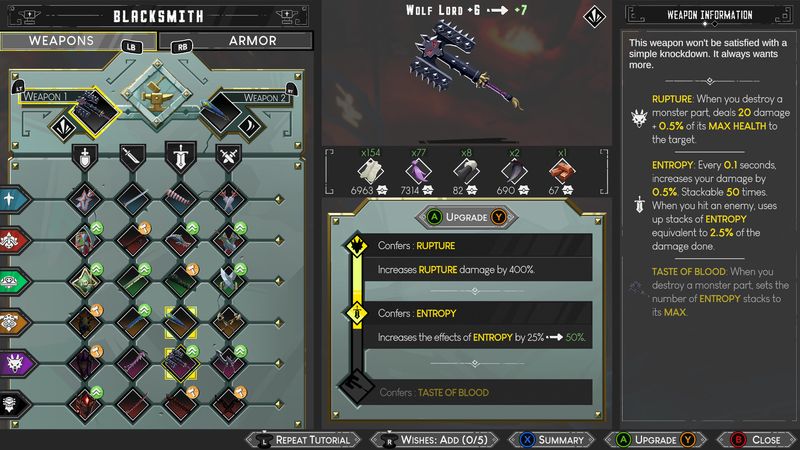
Visuals and Graphics
Visually, Savara is a treat. The colorful artwork and smooth animations elevate the game’s aesthetic appeal. Doryah Games invests heavily in its visual presentation. Light and shadow effects during boss encounters create an immersive ambiance that complements the high stakes of each battle. The vibrant environments and detailed character sprites are a testament to the developer’s commitment to visual excellence. I found the artistic style both playful and intense, which fits the game’s theme of festive carnage perfectly.
Sound and Music
The sound design further enhances the immersion. The soundtrack pulses with energy during combat sequences while establishing a thematic presence. Sound effects are crisp and provide clear auditory feedback, which is vital for speedy dodging and precision strikes. In particular, the cues during boss fights help me prepare for critical moments. However, a few inconsistencies in timing between attack indicators and the actual actions detracted slightly from the otherwise effective audio design. When the windup on some attacks felt delayed, I had difficulties timing my dodges. I usually value precise cues in fast-paced combat, and these inconsistencies interfered with my usual flow.
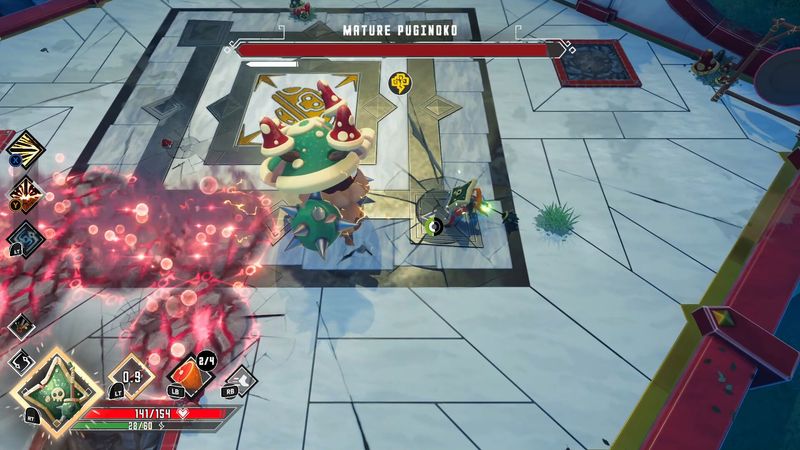
Difficulty and Replayability
Difficulty and replayability are two critical areas for any roguelite, and Savara shows potential here. The game challenges you to adapt your strategies to shifting enemy patterns and randomly generated level designs. Later stages reward perseverance with richer rewards and more refined combat strategies. Many players mention that the early game feels like a grind. I agree that once you solve the basic combat loop, longevity is provided primarily by incremental gear and ability upgrades. Unfortunately, certain systems, such as gear and unlock progressions, sometimes lack depth. The armor and weapons require heavy investment before their unique passives shine. If the developers can introduce more fluid transitions between upgrades and gear enhancements—perhaps allowing improvements during runs—I believe it will strengthen the appeal.
Final Thoughts
In comparing Savara with other games in its genre, I see both innovative elements and areas needing refinement. The clear inspiration from games like Hades and Monster Hunter positions Savara among a competitive field. Its promising core concepts are sometimes hindered by mechanics that disrupt the rhythm. The game is polished and visually polished, yet the repetitive combat mechanics and reliance on a stamina system can impede the fast-paced, high-octane action I pursue during speedruns.
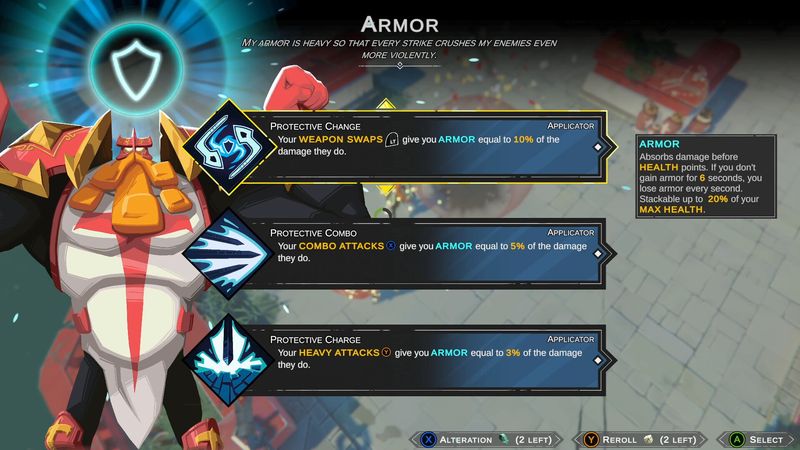
Behind-The-Scenes
I also appreciate hints of behind-the-scenes developer passion. Particularly knowing Ankama Games and Doryah Games are committed to releasing updates. I trust that with community feedback, the gameplay loops can be streamlined and quality-of-life measures like better meta progression retention can be implemented. I look forward to future patches that could transform Savara into a must-run title for speedrunners seeking both aesthetic pleasure and tactical depth.
Conclusion
Overall, I give Savara a score of 3.5 out of 5 stars. The game excels in visual artistry, sound design, and the creation of an immersive, myth-inspired world. However, the stamina system and repetitive early-game combat loops prevent it from fully achieving its potential. I recommend that aspiring speedrunners and tactical players give the demo a try. With dedication and the promise of future updates, Savara could become a refined gem among action roguelites. I encourage developers to consider community feedback to smooth out the pacing issues.
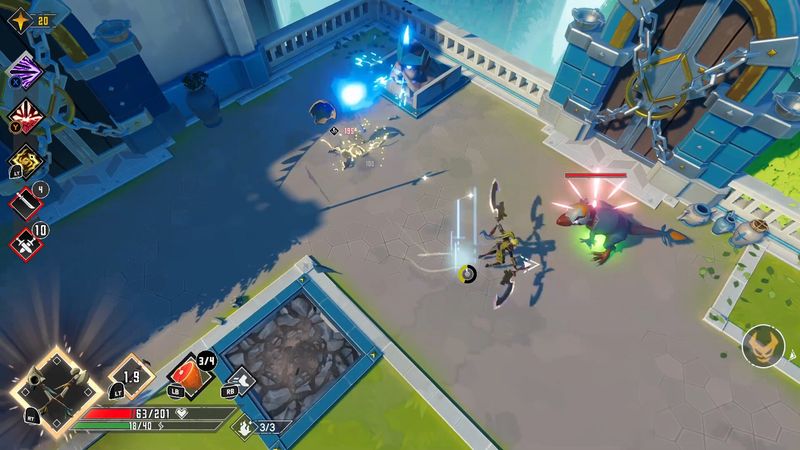
While Savara impresses with its vibrant design and potential for nuanced combat, it falls short in maintaining the swift momentum speedrunners crave. I remain optimistic that the developers’ commitment to excellence will usher in patches that resolve these issues. For now, I advise curious players to experience Savara with tempered expectations and an eye for strategic optimization.
